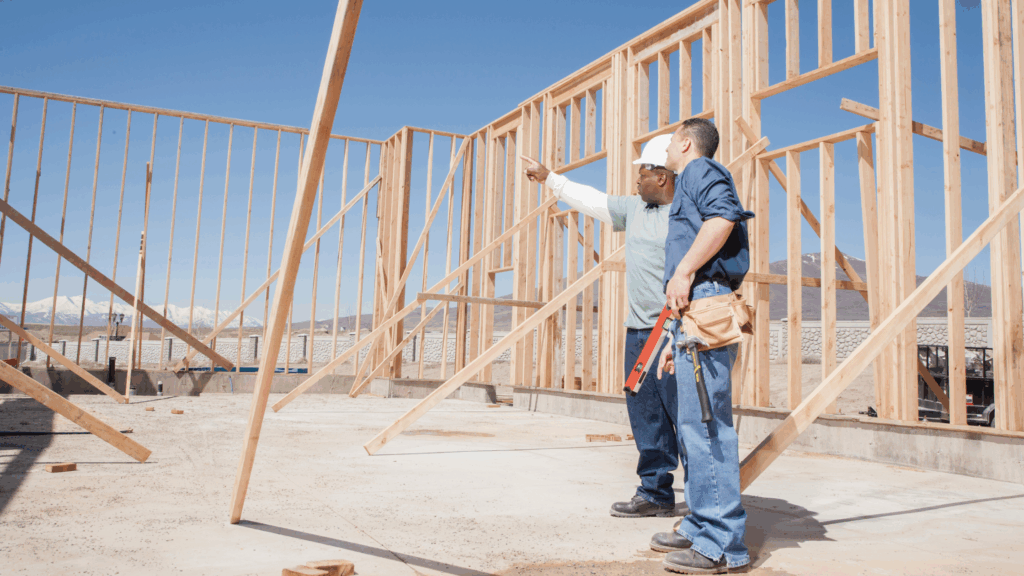The cost of insuring a home is rising – here’s what you can do about it
It’s becoming harder and insanely expensive to insure a home in America. With once-typical weather events growing more destructive, insurance giants have continued to increase their policy premiums. Some have even abandoned entire states, leaving residents fewer and costlier choices to protect against catastrophes.
On average (nationwide) premiums increased 21% from May 2022 to May 2023, according to a study by online insurance marketplace Policygenius. That eclipsed the already staggering 12% rise from the previous year.
This surge in expense is adding to the strain on the housing market, which is already grappling with elevated interest rates, soaring prices, and escalating construction costs.
Why insurance costs are surging?
Insurance companies insist they’re just playing catch-up, after two years of big losses. For every dollar in home and auto premiums they collected last year, insurance companies paid an average of $1.10 in claims and expenses, according to the Insurance Information Institute.
As your real estate team, our goal is not only to help you find your dream home but also to guide you through the process of homeownership and all that entails. If you are one of the many, struggling with escalating premiums, here are three things you can do about it.
1. Shop Around and Bundle Policies
The increasing frequency and severity of natural disasters, such as hurricanes, wildfires, and floods, have prompted insurance providers to reassess their risk exposure. As a result, you may find yourself grappling with higher premiums, making the cost of protecting your investment a significant concern.
To combat escalating premiums, actively shop around for insurance providers. Obtaining quotes from multiple companies allows for a comprehensive comparison of coverage and pricing. Additionally, bundling homeowners insurance with other policies, such as auto insurance, can often lead to discounted rates, providing a cost-effective solution.
2. Understand Your Policy and Advocate for Amendments
Another common challenge is the discovery of coverage gaps or unexpected exclusions in your policies. Insurance policies are laden with fine print, and you may not fully understand the limitations until you need to file a claim. This can lead to unwelcome surprises and financial strain in the event of property damage.
To avoid this challenge, invest time in thoroughly understanding your insurance policies. It is crucial to identify potential coverage gaps and exclusions and discuss them with the insurance provider. In some cases, policyholders may be able to negotiate amendments to better suit your needs, ensuring a more comprehensive and tailored coverage.
3. High-Risk Areas: Explore Specialized Insurance Options and Mitigation Measures
If you are considering buying a home in a high-risk area, such as a flood-prone zone or a region prone to natural disasters, you may face difficulties securing affordable homeowners insurance. Insurance providers could be hesitant to offer coverage or may impose exorbitant premiums, leaving you in a difficult position.
For high-risk areas, seeking specialized insurance options tailored to your specific needs is essential. Additionally, you can take proactive measures to mitigate risks, such as implementing flood-resistant home improvements or installing security systems, which may lead to reduced premiums and increased eligibility for coverage.
While challenges in obtaining homeowners insurance persist, proactive measures can help you navigate these difficulties and secure the protection you need for your home. By staying informed, advocating for tailored coverage, and exploring available options, homeowners can protect themselves against the uncertainties of the insurance landscape and enjoy the peace of mind that comes with a well-protected property. Want to get connected to an insurance agent who can help? Contact our team and we’d be glad to make an introduction.
4. Make a Cash Offer, if Possible
Cash offers are powerful negotiation tools. Not only do cash offers speed up the selling process, but they provide many other benefits over traditional financing such as lower costs, less stress, and reduced risk. While this is not an option for every homebuyer, it’s a great tactic for investors and those with expansive savings.
5. Leverage Closing Costs
Closing costs can be a pivotal point in negotiations. While buyers typically cover these expenses, proposing to share the burden with the seller can be a strategic move. When a buyer does this, they typically end up paying a higher price for the home. However, this tactic might satisfy the seller because you are willing to pay above their asking price—but YOU will get to save some money when it comes to paying off the title insurance and home warranty.
6. Create Win-Win Scenarios
Successful negotiations result in both parties feeling like winners. Look for solutions that benefit both you and the seller. This collaborative approach can foster goodwill and make the overall transaction smoother.
7. Know When to Walk Away
Of course—the turning point of every difficult deal. If negotiations reach an impasse or the terms no longer align with your goals, be prepared to walk away. This demonstrates strength and may prompt the seller to reconsider their stance.
8. Factor in Repairs on the House
The allure of a perfect home can be enticing but don’t overlook potential hidden flaws. Work with your agent to spot red flags and assess the property thoroughly. If significant repairs are needed, factor this into your offer to ensure a fair deal that reflects the property’s true condition.
In today’s seller’s market, it’s important for buyers to stay informed and up to date on ways to navigate the housing market. And as helpful as these tips may be, the ultimate path to success is through an experienced real estate expert.
Reach out to The Roxburgh Group today to embark on your home purchase journey!




